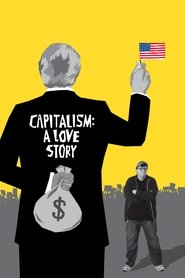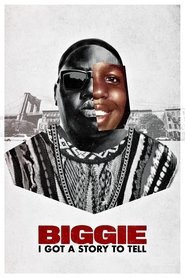With all of the hoopla and controversy surrounding the release of Bully and the MPAA's refusal to lower the documentary's rating from R to PG-13, I had to see the film first hand. After countless public outcries by film mogul Harvey Weinstein complaining that the movie would never be seen by its most intended audience, it was less than a week ago that director Lee Hirsch and the MPAA finally reached an agreement. Forced to remove three expletives from the original cut of the film, Hirsch made the necessary changes and Bully ultimately received the PG-13 rating it desired. Now, Harvey Weinstein, who's unmistably a businessman first and activist second, can rest easy.
Bully focuses on 5 central stories of recent torment, all of which are performed by middle school and high school students throughout the United States. Attempting to bring the severity of bullying to the forefront, the documentary examines the lives of current victims and, even in two accounts, the family's of suicide victims. Hoping to spark some sort of change in the methods used by parents to raise their children and schools to monitor their students, the film journeys deep into this problematic issue.

Where do I begin? Bully serves as a much needed perspective into the lives of our nation's youth. Throughout the film, the audience forms a bond with bullied adolescents such as Alex Libby (a unique boy who barely survived his insanely premature birth), Kelby Johnson (a 16 year old openly gay female teenager in Oklahoma), and Ja'Meya Jackson (a verbally abused student arrested for her extreme actions to end the torment). Opening our eyes to the cruel and harsh reality that is every day life for countless youth all across the country, Bully is an appropriate public platform to address the topic. Director Lee Hirsch, who claims to have been a victim of similar circumstances himself as a child, does an admirable job of confronting the issue with dignity and class as his efforts clearly deserve to be commended.

On the other hand, Bully fails to ever look to the future. Primarily spending its entirety focusing on the unfathomable stories of the previously mentioned trio of victims as well as two families coping with the suicides of their sons, the film never tries to conjure up any sort of solution to the problem. Other than presenting the viewer with the obvious flaws in our school systems and most districts' lack of attention to the issue, Bully ignores any other suggestions for resolution. The audience is successfully made aware of this delicate, yet deliberate, dilemma, however, the documentary seems to believe that knowledge of the problem is all that needs to be done in order to change this unruly behavior. I, on the contrary, disagree and would have preferred it if Bully expanded its purpose and provided some insight into other ways to correct this ordeal.
Lee Hirsch does an honorable job of tugging at the audience's heartstrings and presenting a clearer picture into the world of the abused. Perhaps screening the documentary to middle and high school students around the country will help prevent bullying. As seen by the heartbreaking stories of 17 year old Tyler Long and 11 year old Ty Smalley, both of whom took their own lives as a result of the chronic harassment, Bully has the ability to change people. But as compassionate as humans can be, sometimes nothing is more difficult for a child to overcome than peer pressure. And until our country can conjure up a better solution to help put an end to bullying, this problem may never go away, no matter how much we know about it.


















